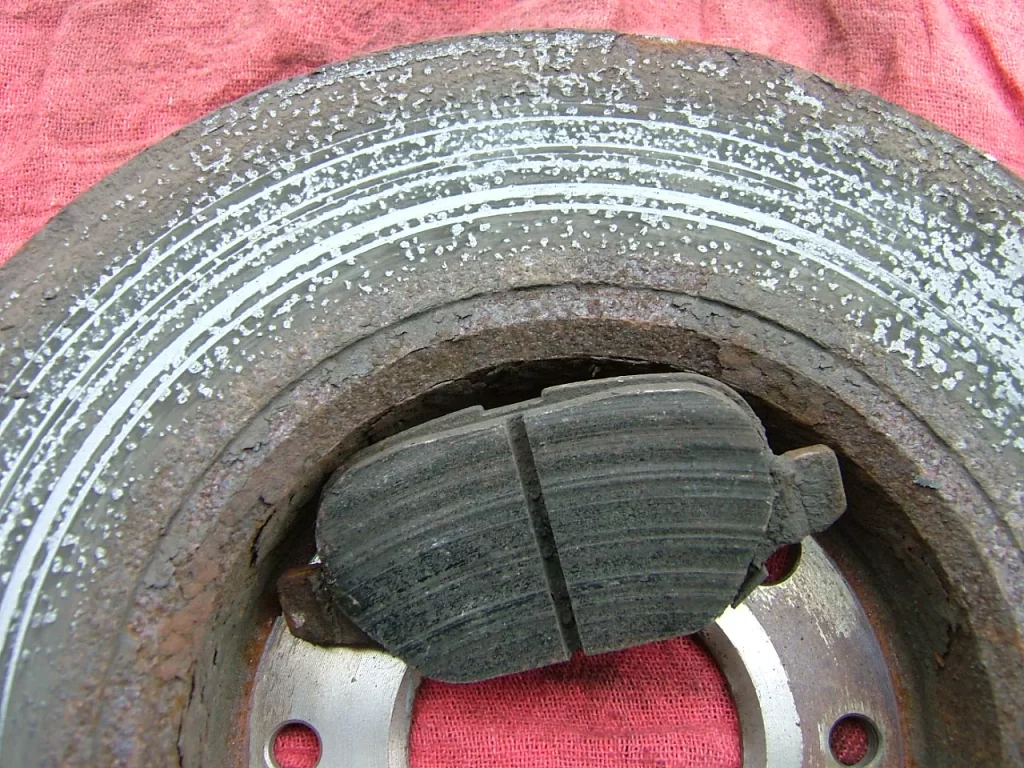That is a critical question, as fake brake parts and uncertified technicians pose a serious safety risk. Identifying bogus certifications, whether for the part itself or the mechanic installing it, is essential for your safety.
There are generally two areas where fake certifications appear: Brake Parts and Technician Competence.
Look for these signs of inauthentic parts:
1. Verification of the Certification Standard
| Reputable Certifications | What to Check For |
| ECE R90 (Europe) | This regulation tests aftermarket products against Original Equipment (OE) performance. Look for the ECE R90 marking on the part or packaging (especially for brake pads in Europe). Ask your supplier for proof of compliance. |
| ISO/IATF | Look for ISO 9001 and IATF 16949 (for auto production) on the manufacturer’s website or documents. These indicate quality management standards, but don’t guarantee performance of an individual part. |
| CAPA (Certified Automotive Parts Association) | CAPA has a certification program for certain automotive parts. Always look for the genuine CAPA Seal and use the CAPA website to look up the seal number or part number to confirm certification. |
| SAE (Society of Automotive Engineers) / FMVSS (Federal Motor Vehicle Safety Standards) | Authentic parts must meet these US-based standards. Ask your supplier for compliance details, but understand that counterfeiters may use fake labels. |
2. Red Flags on the Part and Packaging
| Counterfeit Part Red Flag | Genuine Part Indicator |
| Suspiciously Low Price | High-quality parts involve precision engineering and rigorous testing; a price that is too good to be true is a major red flag (often priced 30-40% below legitimate sellers). |
| Poor Quality/Flimsy Feel | Parts feel lighter, may have rough edges, inconsistent finish, or visibly softer material that you could scrape off with a nail (especially on brake pads). |
| Poor Branding | Blurry or low-quality printing on the box, misspelled brand names, incorrect logos, or generic product descriptions. |
| Fake Security Features | Packaging seals are broken, poorly re-glued, or the box itself looks worn out. |
| Missing or Incorrect Data | Missing identification codes, serial numbers, or MPN numbers that don’t match the manufacturer’s database. |
| Use QR Code Verification | Many major manufacturers (like Textar or Brembo) use QR codes, alphanumeric codes, or special seals on the packaging that you can scan with a dedicated app or enter on their website to verify authenticity. |
How to Identify Certified Brake Repair Technicians
While there is no single “brake-only” national certification required in every country, the most widely recognized credential for competence in the US is the Automotive Service Excellence (ASE) Certification.
1. Verify ASE Certification
The most reliable sign of a qualified mechanic is an up-to-date certification from the National Institute for Automotive Service Excellence (ASE).
- Look for the ASE Sign: Reputable shops will display the blue and white ASE sign and the technician’s individual certification patches on their uniforms or wall.
- The A4 Brake Test: For brake work, look specifically for the ASE A4 – Suspension and Steering certification, which covers brake systems. A “Master Automobile Technician” will have all eight ASE certifications, including A4.
- Verify Credentials: You can look up an ASE-certified facility using the AAA Approved Auto Repair Facility Locator, as AAA requires member shops to pass a thorough annual inspection and review of credentials, which often includes ASE certification.4
2. Red Flags for Shady Repair Shops
The biggest danger is a mechanic recommending unnecessary brake work or lying about the condition of your brakes.
| Red Flag / Scam Tactic | Your Action to Protect Yourself |
| High-Pressure “Safety” Scare | “Your brake pads are dangerously thin and you need new ones right now.” |
| Refusal to Show Proof | The mechanic refuses to show you the worn part, the test results, or before/after photos. |
| Vague/Changing Estimates | They give a low verbal estimate, then the final bill is much higher with vague charges like “adjusted components” or “system service.” |
In summary, always start with a trusted source. When buying parts, buy from an authorized dealer and verify the product’s security features. When choosing a technician, look for the ASE certification and ask for proof of any recommended repair.




